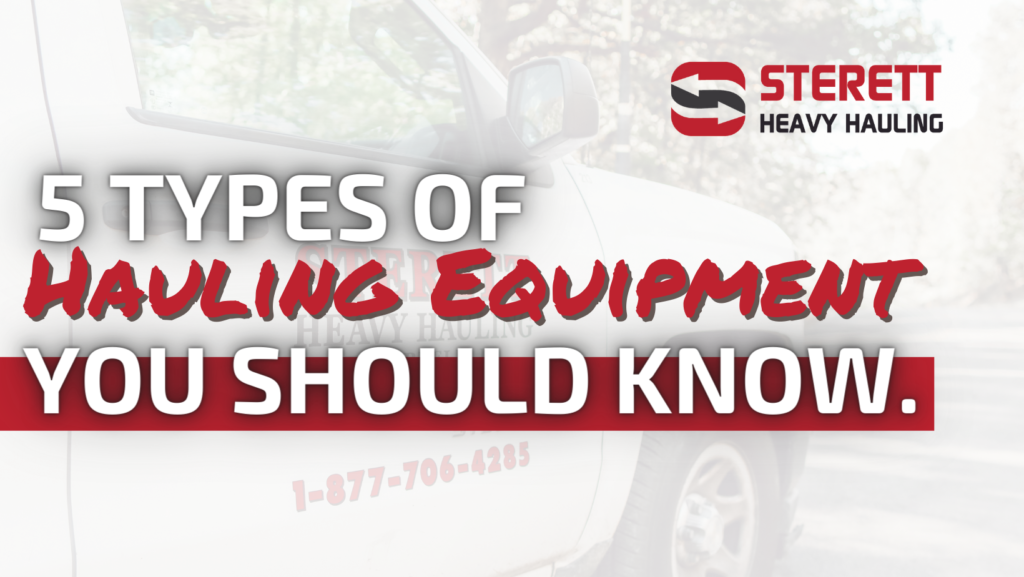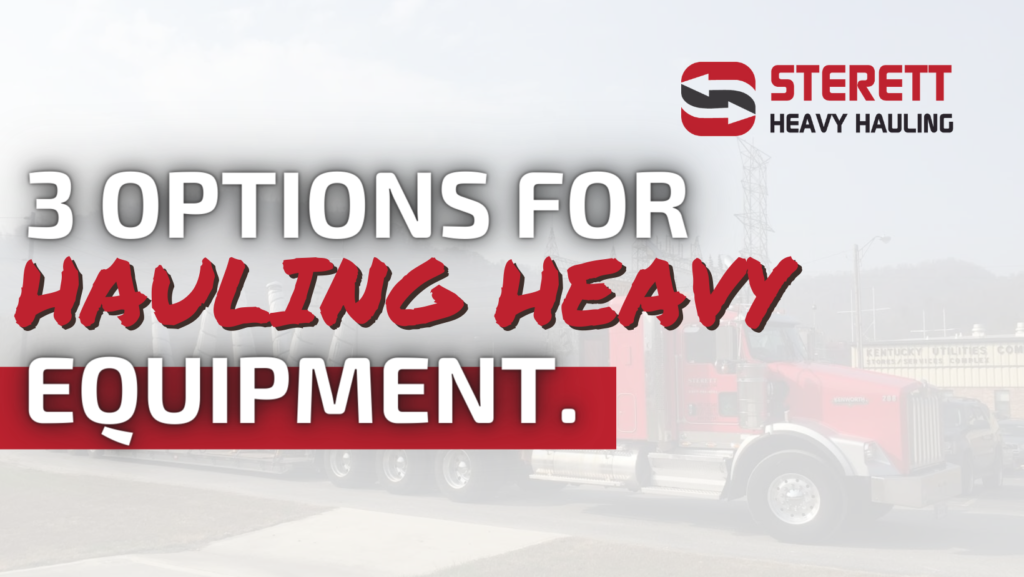Most people would underestimate the pressure that comes with truck driving. For those who think that it’s an easy task, think again. Transporting heavy shipments, especially oversized loads, can be a daunting challenge. Heavy hauling can come with many challenges. It can be difficult to navigate roads during bad weather situations, and any accident could be devastating, not just to the driver but also to the hauling company and others on the road.
Generally, oversized loads include heavy equipment, containers, big machines, construction materials, pre-built homes, industrial goods, or structures. When drivers are carrying these loads, they would normally use “caution: oversize load” signage to notify others on the road.
When you have oversized or heavy loads to ship, it takes expertise and careful planning and execution to ensure that the shipment process goes smoothly, especially when you are crunched for time. The best way to manage and prepare for such heavy haul shipments is to be informed and get help as much as you can, especially if you do not much enough experience.
Here are some handy tips for a safe and successful heavy hauling:
1. Plan for the trip
To make the trip a success, planning for the trip is highly important. Allot weeks or even months to study and be familiar with the route and get your equipment and supplies organized. Bear in mind that a successful delivery lies in your readiness and preparedness.
You have to check and make sure that there will be no bottlenecks, detours, bad weather, construction projects, or high traffic areas that could possibly delay your delivery, especially if you are going long-distance. When planning the shipment, take note of the following:
- Avoid highways or streets with hanging wires and low bridges
- Have a plan B and C in mind in case something unforeseeable happens
- Use GPS technology to see through road and route condition clearly
2. Use the right kind of trailer
Nothing is more important than having the proper trailer for the right kind of job. In heavy hauling, there are many trailers and axle configuration variations, and you need to have a comprehensive knowledge and understanding of over-dimensional and heavy haul shipping to choose the right trailer. Here are some examples:
- Lowboy trailer – This kind of trailer, also known as a low-bed trailer, can allow shipments up to 12 feet in height and has two drops in the deck and site very low to the ground.
- Flatbed trailer – It is a trailer that has no walls, rails, and roofs, and also referred to as an open flatform trailer.
- Gooseneck trailer – There are many kinds of this type of trailer, including but not limited to fixed, mechanical, hydraulic, or removable. Gooseneck trailer connects to the hauling truck by a permanently attached adjustable bar that is affixed to the bed.
3. Know your state’s rules and regulations regarding heavy hauling
Each U.S. state has specific rules and regulations when it comes to issuing permits for oversized or heavy haul shipments. It is best to have an idea and be familiar with the process in your state to help you get prepared and adequately manage your time. The time needed to request and process permits may vary, and most of the time, for heavy load shipments, it could take longer. The state could also determine the roads and routes to take, as well as the days and hours that work best to your advantage, depending on travel limitations.
These simple guides can help you ensure a safe and successful heavy hauling delivery. However, you don’t need it to get you flustered and stressed. Get in touch with Sterett Heavy Hauling in Jacksonville for your next oversized shipment. We’re happy to help.



